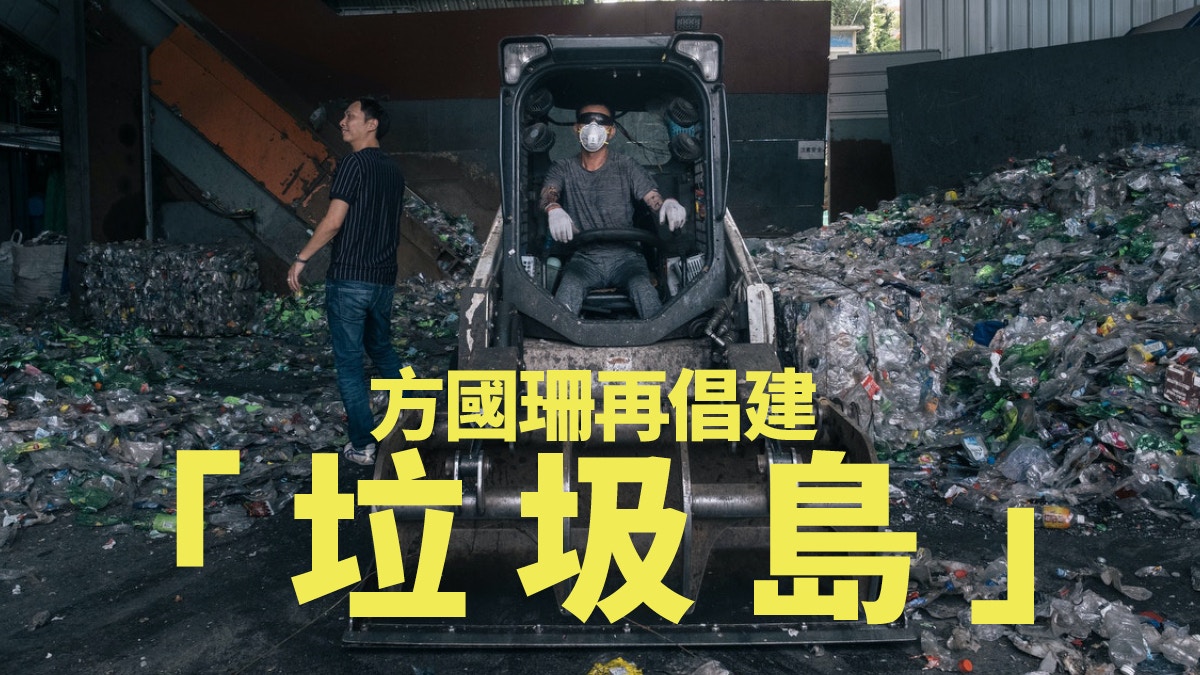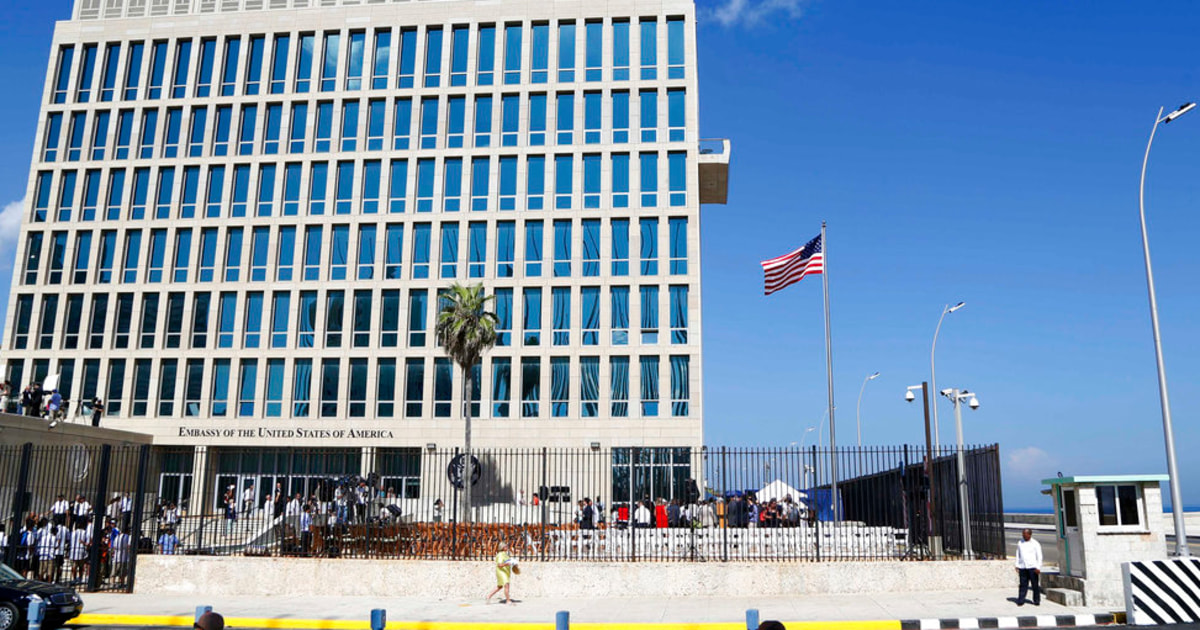01 point of view
Written by: Review Editor Room
2020-07-04 08:00
Date of last update: 2020-07-04 08:00In 2014, Sai Kung District Councillor Fang Guoshan, together with ten Tseung Kwan O residents, petitioned outside the Legislative Council to ask the central government and the Zhuhai government to coordinate and allocate low-ecological islands for Hong Kong to build "garbage islands" and "environmental education and research centers." A few days ago, Fang Guoshan said that he was inspired by the central government's consideration of lending Zhuhai Guishan Island, and once again suggested that the central government allocate funds outside the waters of Hong Kong to help Hong Kong solve the problem of waste disposal.
Indeed, with Hong Kong's economic development and population growth, the existing New Territories West Landfill in Tuen Mun, the Northeast New Territories Landfill in Ta Kwu Ling and the South East New Territories Landfill in Tseung Kwan O have indeed gradually become saturated. Even though the expansion part of the southeast New Territories landfill is currently undergoing preliminary work and is expected to start receiving construction waste in 2021, it is speculated that it can only meet Hong Kong's waste disposal needs until the 2030s. Therefore, waste disposal is indeed a problem that Hong Kong society must seriously face.
In addition to the central government’s allocation of islands, Fang Guoshan also cited the example of Singapore’s Sermatau Island. The island of Semagao was built after reclamation and then paved with mud, and received ash and construction waste from all garbage incinerators in the country. For supporters, the "garbage island" can keep landfills away from residential areas, avoiding the impact on residents, and at the same time allowing the landfills planned in the urban area to be released to solve the housing needs of the citizens.
District Councillor Fang Guoshan recently suggested that the Hong Kong Government may refer to the practice of borrowing land and request the central government to coordinate with Zhuhai City to lend an island off the coast of Hong Kong to build a "garbage island" for the treatment of garbage and waste away from residential areas. (Photo/Photo by Li Zetong)
"Hong Kong Resource Cycle Blueprint"
However, the public also needs to consider the impact of reclamation on the ecology. For example, the reclamation project of the third run of the airport gave Xiang more than 100 Chinese white dolphins, leaving only 30 examples. Furthermore, when faced with the crisis of garbage siege, expanding landfills or the easiest way to resolve the urgent need is not necessarily the most consistent approach to long-term development benefits. If the energy head is not used to reduce waste and increase the recycling cycle, the landfill will not be used enough.
In fact, the government launched the "Hong Kong Resource Cycle Blueprint 2013-2022" as early as 2013 and set the daily disposal amount per person to 1 kg or less before 2017, and the daily disposal amount per person by the end of 2022 was 0.8 kg or less The following sources of waste reduction goals. But as of now, it has still not been effective. According to 2018 data, the daily disposal amount per person is still 1.53 kg. In this regard, the government can consider strengthening economic incentives, such as increasing construction waste disposal costs since April 2017. The overall construction waste disposal volume of landfills in 2018 fell by 3% compared with 2017. Second, the government should consider investing in equipment to strengthen waste disposal and reduce disposal. For example, since April 2015, the sludge treatment facility (T ▪ PARK [source ▪ district]) in Tuen Mun began incineration to treat dewatered sewage sludge, so the amount of dewatered sludge disposed in landfills compared to 2014 The cumulative annual decrease is 88%.
The Green Earth survey found that over 50% of the confectionery product packaging in Hong Kong lacks a recycling label, so even if consumers take the initiative to recycle the packaging, the recycler will not accept it and eventually become garbage. (Photo by Yang Rongfei)
Garbage disposal is the last step
In terms of waste recycling, Hong Kong is more dependent on other countries, resulting in a more passive situation. This is because the Hong Kong economy relies on the service industry, and the quantity of raw materials or recycled materials required for production is very limited. Therefore, more than 90% of urban recycled items will be exported to other places for recycling after recycling. When importing paper and plastic recycling materials economies more strictly implemented import control policies, Hong Kong's exports of recycled materials continued to decline, and the amount of waste disposal increased.
Therefore, the transformation of the local recycling industry is the key to independent and long-term development. At present, the local recycling industry has begun to gradually change its business model, allowing the local recycling of plastic materials to increase significantly from 13,700 metric tons in 2017 to 55,800 metric tons in 2018. However, due to the time required for the complete transformation, the overall plastic recycling rate still showed a decline from 13% in 2017 to 7% in 2018. Therefore, the government should support the transformation of the local recycling industry in terms of policies and funds. At the same time, the government should also consider improving environmental protection policies to plug the loopholes from the source. For example, Lvxi Earth Survey found that more than 50% of the confectionery product packaging in Hong Kong lacks a recycling label, so even if consumers take the initiative to recycle the packaging, the recycler will not accept it and eventually become garbage. And the government can make more specific regulations on product packaging to increase the recovery rate and reduce waste disposal. Why not?
Whether it is to imitate Singapore’s reclamation to create a “garbage island” or to propose a central allocation of land, it appears to be the most straightforward solution to garbage disposal, but it violates the principles of ecological health and sustainable development. How to dispose of garbage should be the last step after the source of waste reduction and recycling cannot work. If the society is turned upside down, it is difficult to really cure the problem.
The responsibility system for producers of recycled paper-bag beverage boxes is indispensable
Recycling of food waste in the still life of garbage levy still has to work hard
Plastic recycling is supported as a two-pronged policy
01 depth
Garbage yard/waste recycling station garbage levy collection and recycling yard 01 point of view





/cloudfront-eu-central-1.images.arcpublishing.com/prisa/NIFZFFYBFVAU5FVWDHC43ESC5M.jpeg)



